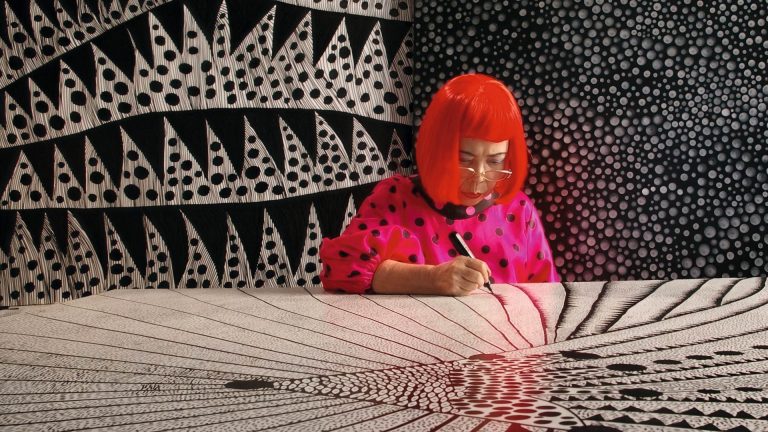Until July 14, the Albertina Museum in Vienna is hosting a major exhibition to celebrate the centenary of Roy Lichtenstein, an artist who successfully merged classical art with pop culture.
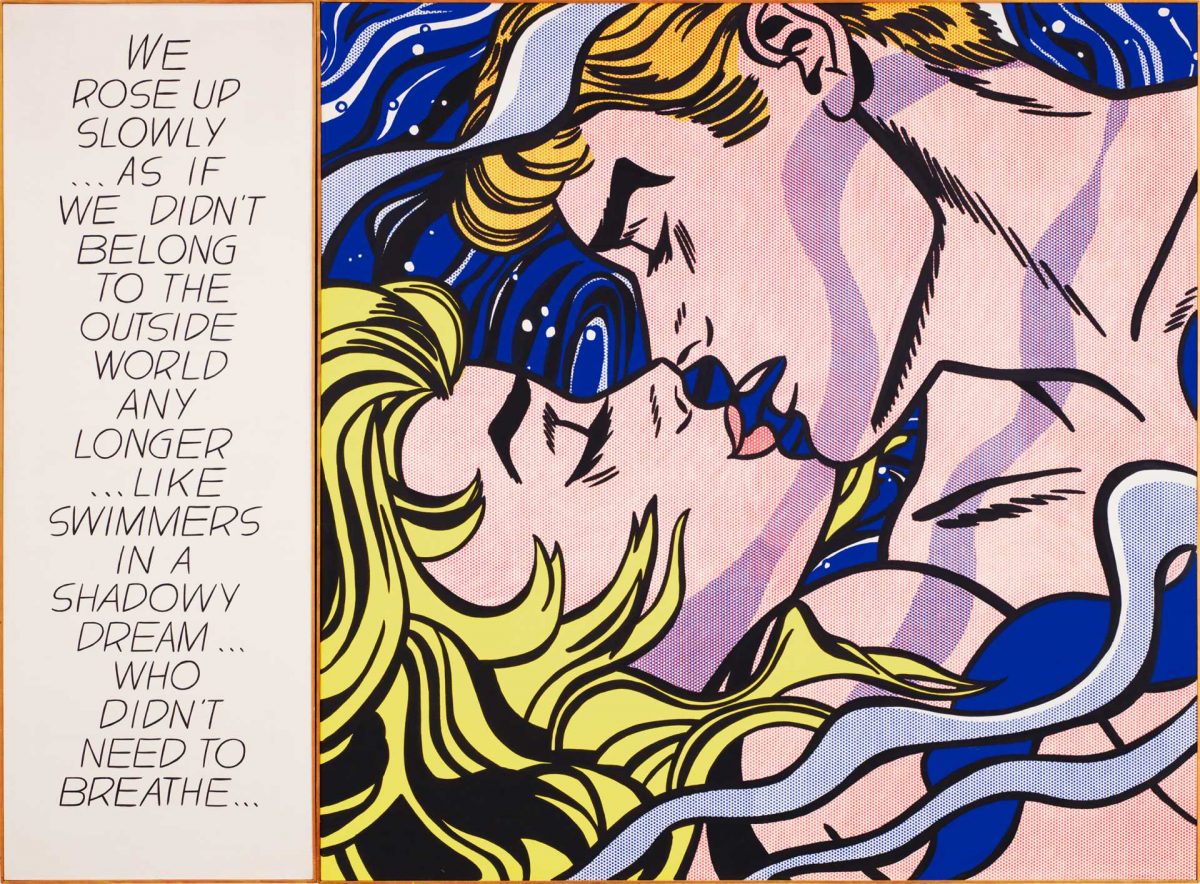
Lichtenstein’s visual language — characterized by simple imagery, succinct colors, and notably, his iconic raster dots akin to typographic printing — was not developed overnight. During the 1950s, he frequently sourced themes from American history and folklore, experimenting with styles from eighth-century art to modernism. 1961 marked a pivotal year for him when he produced his first piece of Pop Art, Look Mickey, featuring Mickey Mouse and Donald Duck. According to legend, an offhand challenge from one of his sons, who pointed at a comic book and dared, “Bet you can’t draw as well as this,” sparked his inspiration. The following year, Lichtenstein showcased his Pop Art creations in New York at the gallery of the legendary collector Leo Castelli and became an overnight sensation.
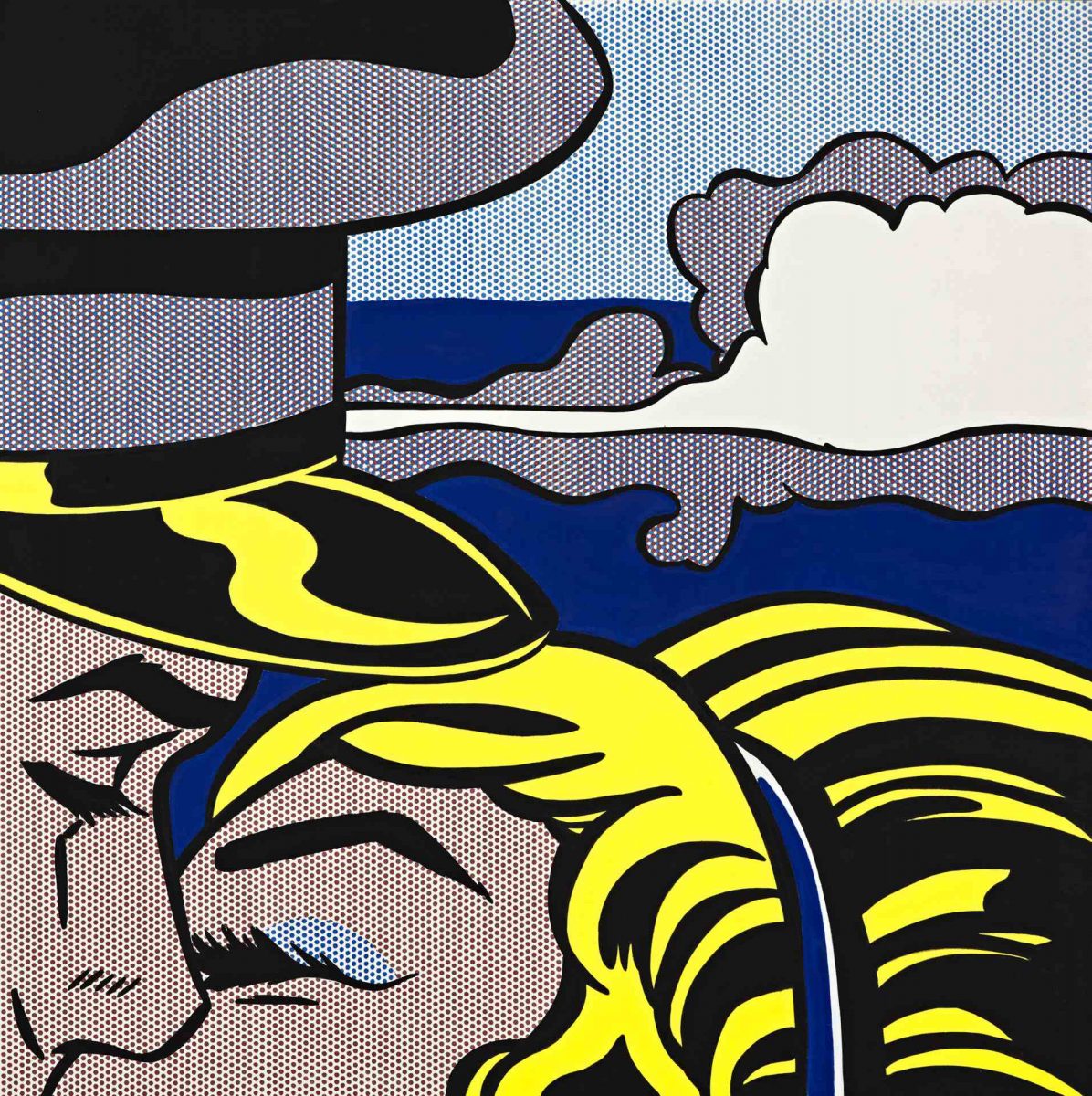
Interestingly, Lichtenstein was not fond of comic books, considering them vulgar, yet he found their social implications intriguing. His studies in mass culture — specifically America’s subconscious as depicted through characters like Mickey Mouse, Sailor Popeye, and the archetypal blondes with their heroic suitors — became his focal point. Lichtenstein not only borrowed these comic images, which later drew criticism, but also stripped them of extraneous details and reinterpreted them creatively. He also infused drama into his works: the women in his paintings often confronted their counterparts or grappled with personal tragedies. These pieces also had a biographical dimension, channeling the emotional turmoil from his divorce from his first wife onto the canvas. Military engagements also emerged as a significant theme in his work, echoing his own experiences in World War II, though they appeared to be lifted straight from comic strips.
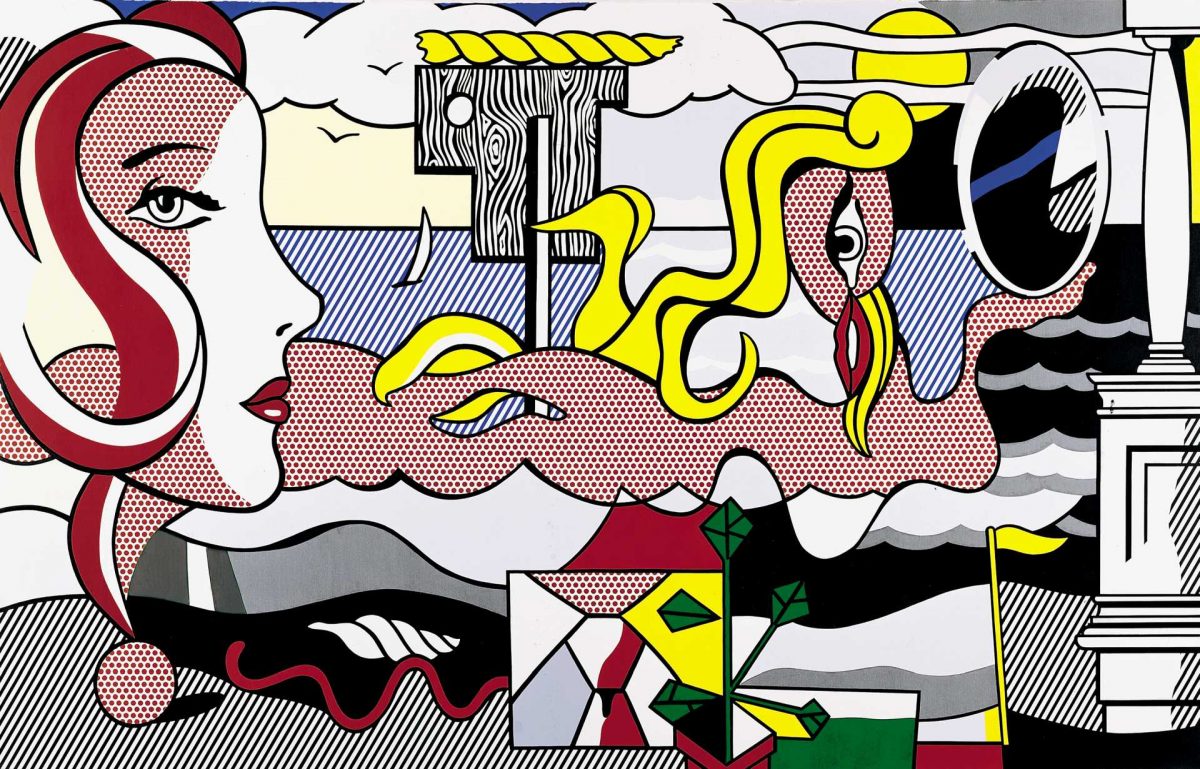
Contrary to some beliefs, Lichtenstein’s engagement with popular culture did not reflect the mundane everyday objects around him. He was captivated not by realism but by the simulacra of advertising — brochures, packaging, and images in newspapers and glossy magazines — fabricated representations of reality crafted by advertisers. This encapsulates the essence of Pop Art, which delved into consumerism using traditional artistic methods. Lichtenstein dismantled the traditional hierarchy of art by merging elements that were seemingly worlds apart. The deceptive simplicity of his works frequently attracted criticism from the press. In 1964, Life magazine provocatively asked in a headline, “The Worst Artist in the U.S.?”

When discussing Lichtenstein, it’s impossible not to mention Andy Warhol; both artists independently co-developed Pop Art around the same time. Warhol was reportedly quite upset that Lichtenstein had depicted Mickey Mouse before he could do it himself. However, Warhol quickly overcame his disappointment and soon created his iconic Campbell’s soup can image, which earned him global acclaim. The relationship between the artists was more competitive than friendly, although Warhol did take several Polaroid portraits of Lichtenstein. Lichtenstein once humorously dressed up as Warhol for Halloween, accompanied by his future wife who impersonated Warhol’s friend Edie Sedgwick.
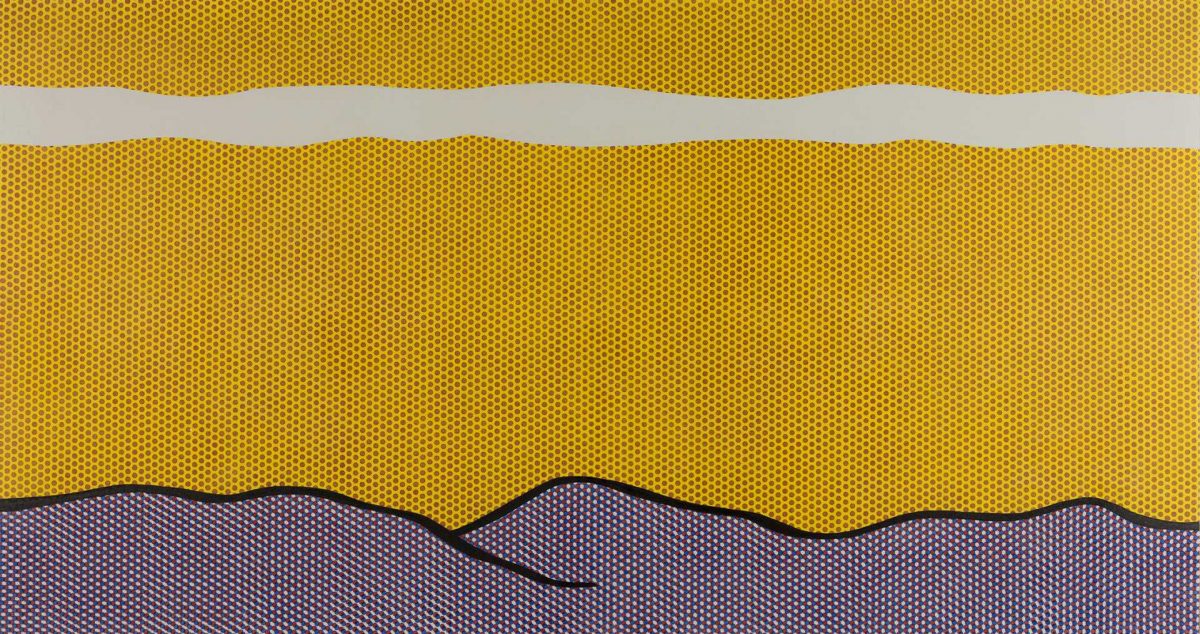
Interestingly, both artists engaged with classical art in their work. While Warhol viewed the Mona Lisa merely as a part of mass consciousness, Lichtenstein’s engagement with the classics was significantly more profound. For instance, his Woman with Flowered Hat nods to Picasso’s Dora Maar with Cat. This piece also subtly references Piet Mondrian with its primary color scheme and even hints at Cézanne’s intricate form manipulation. His work juxtaposes high-art allusions with comic book aesthetics, which on one level provokes amusement. Yet those who knew Lichtenstein personally attest that these elements also conveyed his deep reverence for classical art. Always ahead of his time, Lichtenstein never feared appearing outmoded in his artistic expressions.
Photo: press-office


